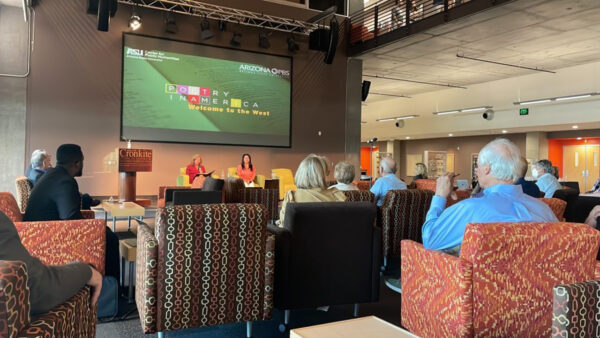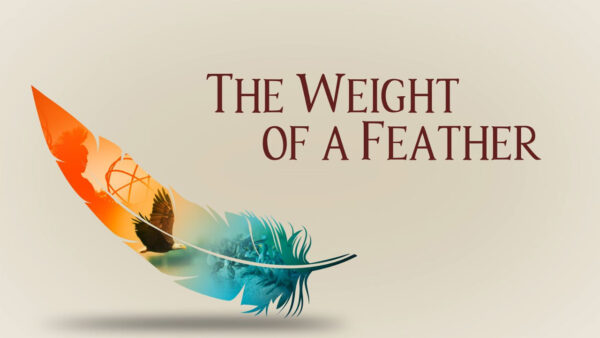Nature “Broken Tail: A Tiger’s Last Journey”
Feb. 20, 2011
Irish wildlife cameraman Colin Stafford-Johnson spent 600 days in Ranthambhore National Park, India's premier tiger reserve, filming Broken Tail and his family. It started as an assignment with real potential for a budding filmmaker – find a tiger and tell a story. Stafford-Johnson teamed up with local guide Salim Ali and together they began a journey that would change their lives and teach them some important lessons about tiger conservation.
Nature 's Broken Tail: A Tiger's Last Journey premieres on Sunday, Feb. 20, 2011 at 8 p.m. on Eight, Arizona PBS.
In the beginning, Colin and Salim followed a tigress called Machli, staying on her trail until she became accustomed to their presence. They were there when she chose a suitor, and when her two cubs – Broken Tail and Slant Ear – took their first walk in the reserve. From that moment on, they knew that Broken Tail was the special tiger whose story they wanted to tell. He was adventurous, exuberant, charismatic, fearless, and clearly destined to be an important tiger in Ranthambhore. They filmed him day after day until he was about two-and-a half, getting to know him intimately, dreaming of his bright future. And then one day he simply vanished without a trace and they were left only with unanswered questions.
A year later, they learned of his terrible fate. Broken Tail was killed by a train more than 100 miles from Ranthambhore in a place called Darra, having made an unprecedented trek across unprotected countryside. Why had he left the reserve? And where did his journey take him? Had anyone seen him along the way? In honor of the remarkable tiger they had known, they felt they needed to find some answers. By filling in the missing pieces, perhaps they could learn something that would be of use to tiger conservation. And so they took up the quest and resolved to try to retrace Broken Tail's steps.
Colin and Salim's spectacular journey across Rajasthan by horseback provides glimpses of both historical and contemporary cultures in India and how they are fundamentally linked to tigers. The big cats were once part of a great population that stretched across India and throughout the subcontinent. Today, the pressures of growing human populations have reduced tiger habitat to small, isolated reserves of precious land, envied by hungry and land-poor human neighbors. And leaving a reserve is a dangerous choice for a tiger. A poacher living in poverty can support his family by illegally hunting for tigers.
Searching for clues, Colin and Salim stop along their way to talk with a poacher and his family, showing pictures of Broken Tail and asking if perhaps they saw the tiger pass this way. They did. It is the first evidence that they are on the right track. And more follows from others whose paths they cross along the way. They reach Ramgarh Sanctuary, once a hunting lodge for a maharajah who entertained Hollywood celebrities and British royalty in the days when shooting tigers was culturally accepted and all the rage. There were tens of thousands of tigers in those days. Now, they are on the edge of extinction.
As they travel, Colin and Salim reminisce about Broken Tail, recalling their favorite moments from their years with him and his family, providing an opportunity for viewers to see footage of the tiger they knew so well. There is no better way to understand how and why they were so heartbroken at his loss.
At Darra, they interview those who last saw Broken Tail and consider his fate as a perfectly strong and healthy wild tiger accidentally killed by a train. Yet his death was not in vain. His journey established that tigers need to move and wander through protected corridors, establishing a range that goes beyond isolated reserves. Upon hearing Broken Tail's remarkable story, Sonja Gandhi, one of India's most powerful politicians, was inspired to designate a new national park in Darra as a safe haven for tigers following in his path. Ramgarh is also being assessed as a potential tiger reserve. Hopefully, these steps towards conservation will help preserve and protect the estimated 1,400 wild Bengal tigers left in India.
)



















